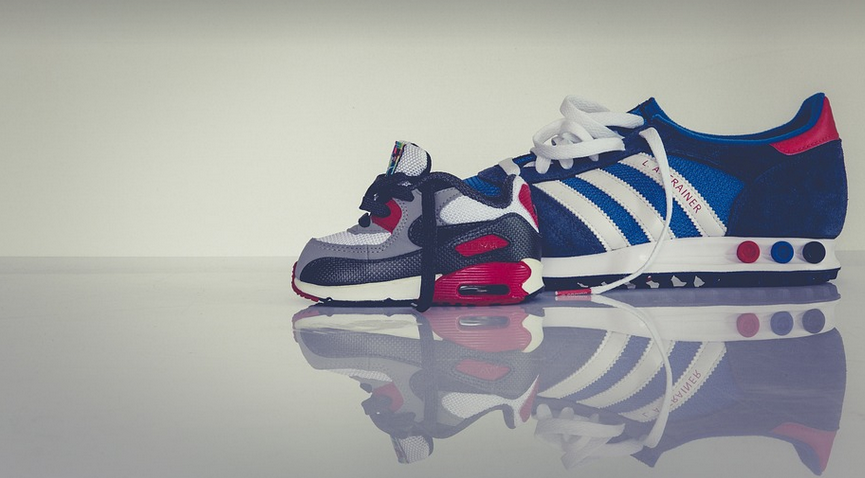Finding the Perfect Fit: Essential Tips for Choosing Your Nitrile Gloves
You’ve probably heard about the importance of nitrile gloves in various industries, from healthcare to industrial settings. Those rubbery marvels offer a robust shield against chemicals, bacteria, and even sharp objects. But figuring out your perfect fit can be a bit tricky, especially when bombarded with sizes and brands. Worry not! We’re here to break down the nitrile glove size chart in a way that makes sense for everyone.
First, let’s delve into why size matters. A good-fitting pair of nitrile gloves is about more than just aesthetics – it impacts your comfort, dexterity, and ultimately, your job performance. If the gloves are too big, they can bunch up or slip off, reducing protection and potentially even creating safety hazards.
However, if the gloves are too small, your fingers will feel cramped, impacting your precision and control—a recipe for missed opportunities or errors. A snug fit is key to ensure effectiveness without discomfort. And understanding nitrile glove sizes can help you navigate this crucial factor in selecting the right pair.
Decoding Nitrile Glove Sizing: A Step-by-Step Guide
Nitrile gloves are available in a wide range of sizes, typically measured by their length and width. Size charts offer a helpful visual, allowing you to compare your hand measurements with the different size options.
Let’s dive into a step-by-step breakdown of common nitrile glove sizing.
Metric Sizing: The European Approach
In Europe, nitrile gloves are often measured in millimeters (mm). This metric system is easier for some people to understand and compare. For example, a size “7” might be equivalent to a US size “Medium.” But remember, the exact sizing can vary across different brands and manufacturers.
To find the perfect nitrile glove size in Europe, focus on your hand measurements:
- **Circumference:** Measure around the widest part of your palm (around 1.5 inches from your thumb).
- **Length:** Measure from the tip of your middle finger to the base of your wrist.
US Sizing: The American Standard
In the United States, nitrile gloves are often measured in numerical sizes (e.g., Small, Medium, Large, etc.), with each size offering a slightly different fit.
Here’s how to find your preferred US size:
- **Length:** Measure from the tip of your middle finger to the base of your wrist.
- **Circumference:** Measure around the widest part of your palm (around 1.5 inches from your thumb).
Remember that size charts can vary between brands and manufacturers, so it’s always a good idea to check with the manufacturer for specific sizing information if you have any questions.
Understanding Nitrile Glove Thickness: A Matter of Protection
While we discussed fitting, let’s talk about another essential factor: nitrile glove thickness. You might wonder, “Is thinner gloves better?” or “What’s the role of thick in this situation?”
The thickness of nitrile gloves is measured in millimeters (mm). A thinner, more flexible glove may be preferred for tasks requiring precise dexterity.
On the other hand, a thicker pair of nitrile gloves offers greater protection against punctures and abrasion. This is ideal when you’re dealing with sharp objects, heavy materials, or chemicals that can cause irritation.
Tips for Wearing Your Nitrile Gloves: A Guide to Optimal Performance
Now that you have the sizing down, let’s talk about fitting your gloves properly and getting the most out of your investment.
1. **Inspect before Use:** Check for any rips, tears, or damage on your gloves. Discard damaged or faulty gloves to ensure optimum protection.
2. **Proper Hand Placement:** Ensure a snug fit without bunching or gaps. If needed, adjust the glove length for optimal comfort.
3. **Practice makes Perfect:** It may take a bit of practice to get used to the feel of new gloves. Take your time to develop your technique and ensure a comfortable fit.
Choosing the Right Nitrile Gloves: A Decision Made Easier with the Size Chart
You’ve taken the first step with our size chart, now it’s time for the real deal—choosing the right nitrile gloves. Here are some of the factors to consider:
- **Industry:** Healthcare professionals need specific types of gloves that ensure protection against latex allergies and other sensitive skin conditions.
- **Task:** Are you working with chemicals, sharp objects, or heavy materials? The thickness and type will depend on the task at hand.
- **Comfort:** Don’t underestimate the importance of comfort! If your gloves are too tight or uncomfortable, it can affect your performance.
Where to Find Size Charts: A World of Information at Your Fingertips
Finding nitrile glove size charts is surprisingly easy. Here are a few resources to help you find the perfect fit:
- **Manufacturer Websites:** Most brands offer detailed size charts on their websites.
- **Online Retailers:** Check out online retailers such as Amazon, Alibaba, and Walmart for size charts and customer reviews.
- **Health Professionals’ Websites:** For healthcare professionals, medical supply websites and professional organizations often have detailed size charts.
Nitrile Gloves: A Cornerstone of Safety and Performance
Whether you’re a healthcare worker, industrial laborer, or simply someone who wants to maintain their hygiene and safety, choosing the right nitrile glove size is paramount. With this guide in your hand, finding the perfect fit should be effortless.
As you navigate through different sizes and brands, remember that comfort, dexterity, and protection are all intertwined elements of a successful performance. So go forth, explore, and find the nitrile gloves that make your work easier, safer, and more secure!
